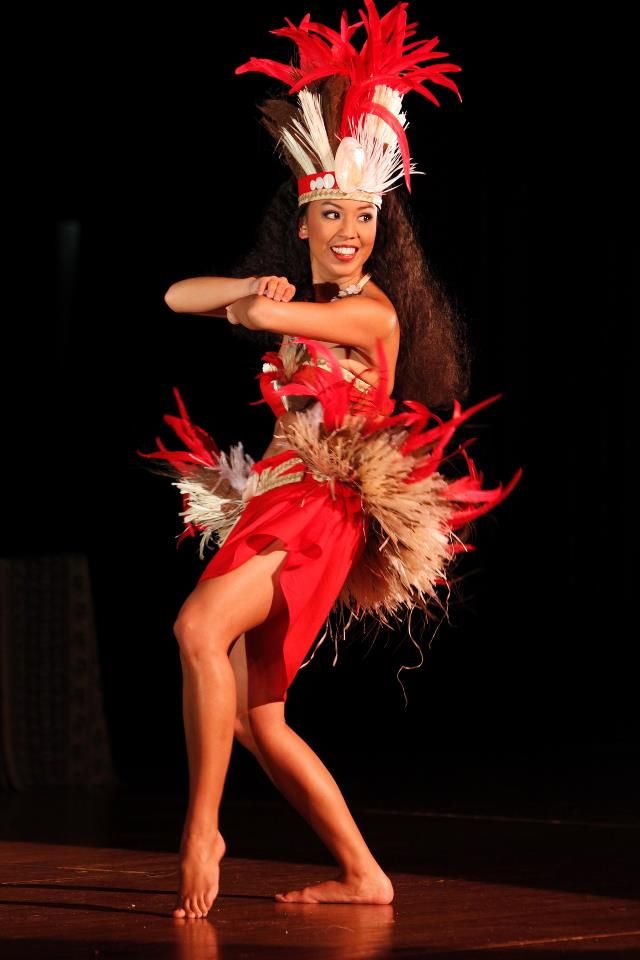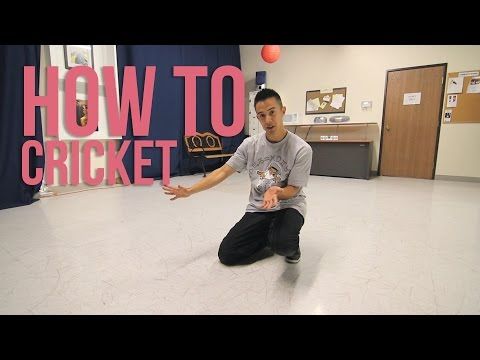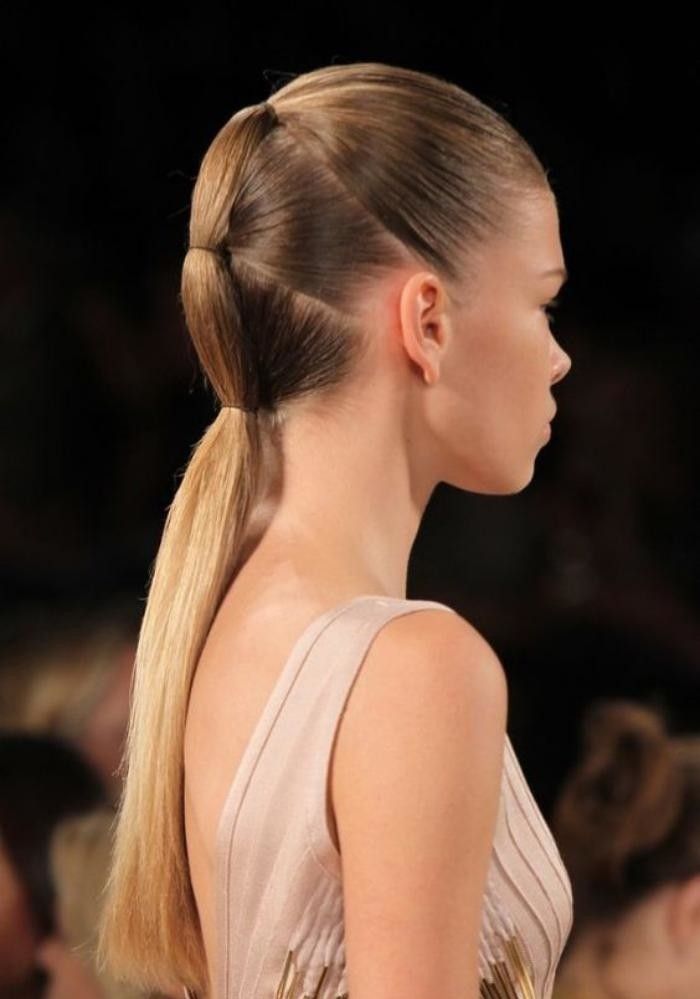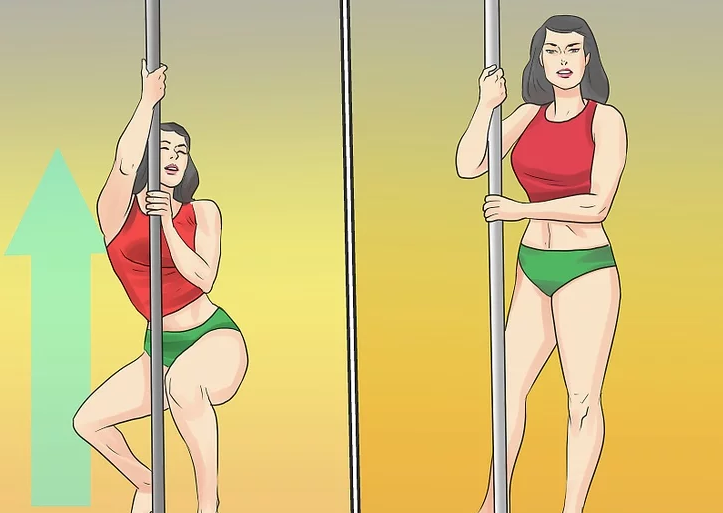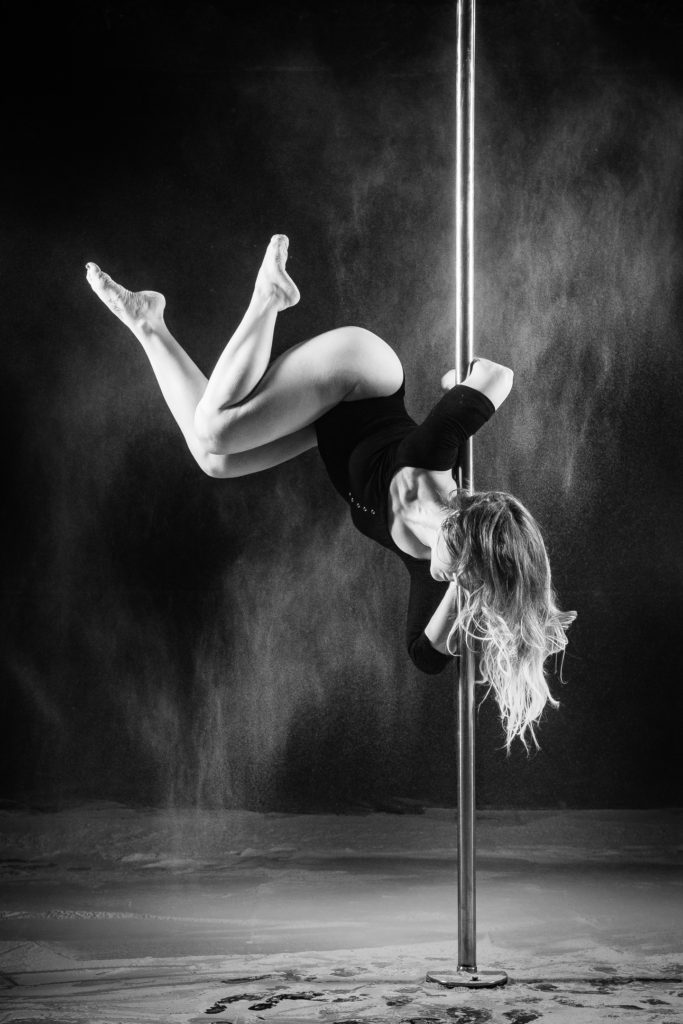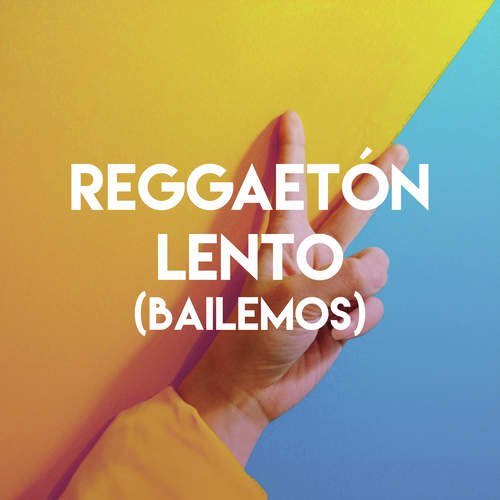How to do the mexican line dance
Dance Steps to the Caballo Dorado
By: Michael Jones Updated September 15, 2017
By: Michael Jones Updated September 15, 2017
The Caballo Dorado is a type of Mexican Hustle danced to the Spanish version of "My Achy Breaky Heart." It's a real easy dance to learn, especially once you see people doing it. It mixes a little bit of country western dancing with Spanish flavor, and is similar to the popular "Electric Slide" of the '90s.
A quick tip: If your feet had paint on the bottom of them, you would have painted a cross on the floor when you finished the dance. Read these simple steps and you'll be dancing the Caballo Dorado in no time.
Starting Position
The Caballo Dorado is a line dance so it will be performed with however many people choose to join the fun. Once you're lined up in your row you can begin the dance.
Once the music starts, so does the Dorado. Keep your left foot planted at all times, and take a step forward with your right foot. Simultaneously you want to snap your finger. Bring your foot back, and step forward again, snapping your finger in rhythm. You'll continue doing this move until the beat changes up.
Moving Right
Once the beat changes, you'll take two steps to the right while you're still facing forward. Don't cross your feet when you're stepping to the right.
Take one step to the right with your right foot, bring your left foot to touch your right foot, then take another step with your right foot. Bring your left foot over to your right foot, but make sure only your toes step to the floor.
Moving Left
Once you make your second step to the right, you're ready to begin moving to the left. Right after your second step, take a step to the left with your left foot. Bring your right foot over to touch your left foot, and then take another step left with your left foot. Bring your right foot over to your left foot again, but only push your toes against the floor.
Moving Back
Once your right toes are on the floor, you want to push off, and take a step backward. Bring your left foot back to your right, and take another step back with your right foot. Bring your left foot back, but only press your toes to the ground.
Bring your left foot back to your right, and take another step back with your right foot. Bring your left foot back, but only press your toes to the ground.
Moving Forward
Once your toes press off the ground, take a step forward with your left foot. Bring your right foot to touch your left foot, and then take another step forward with your left foot. Bring your right foot forward, but only press down on your toes. This is where the dance changes. Once your right toes touch the floor, turn your body 90 degrees to the left, or counter-clockwise.
Once you make the turn, you start the dance over from the beginning.
Two steps to the right, two steps left, two steps back, two steps forward, 90-degree turn and repeat.
It's as simple as that.
References
- Video of Caballo Dorado
Writer Bio
Michael Jones reported campus news stories for The University of Southern California's student newspaper, "The Daily Trojan," for four years before graduating Summa Cum Laude with a Bachelor of Science in journalism. He has since gone on to write for several publications both in America and abroad and has an idiosyncratic knack for translating the most intricate tasks into layman speak.
He has since gone on to write for several publications both in America and abroad and has an idiosyncratic knack for translating the most intricate tasks into layman speak.
Related Articles
Line dances & other related music
DJ Tips, DLK Entertainment News
The question is always: Why line dances? The answer is very simple, at a private event there are folks of all ages & class. The one thing most folks know is things like the chicken dance & the electric slide. It gets folks up on the dance floor most folks don’t want to be the first on the dance floor. These songs get large groups of folks on the floor all at once. We hear from folks & other dj’s how they don’t play these songs & they know their guests. If that is true then cool but as we all know that is not a 100% of the time. If your in a club then the mix will keep the crowd alive but in a private event you never know who your guests are going to be. It is always best to have these songs on stand by just in case.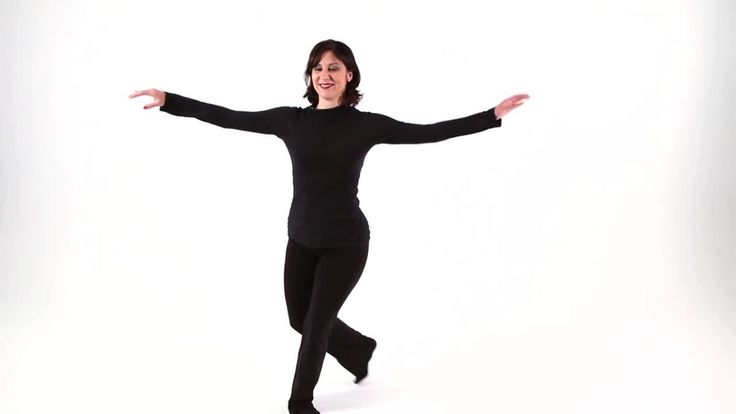
Why just in case? In a word Family! If the Mother of the Bride wants one of these played it is always good to remember the Bride may say it is ok even after the fact she was dead set against the idea. Keep the family happy. O.k. the following is most common activity songs played at weddings & events. You might call them cheesy but they do work.
Song list from: http://www.wedj.com/dj-photo-video.nsf/weddingparty.html!OpenPage
| 1 | Cha-Cha Slide | DJ Casper | 2000 | Popular |
| 2 | Cupid Shuffle | Cupid | 2007 | Popular |
| 3 | Electric Slide | Marcia Griffiths | 1990 | Popular |
| 4 | You Shook Me All Night Long | AC/DC | 1980 | Rock |
| 5 | YMCA | Village People | 1975 | Disco |
| 6 | Love Shack | B-52’s | 1989 | Popular |
| 7 | Brown Eyed Girl | Van Morrison | 1967 | Rock |
| 8 | Macarena | Los Del Rio | 1995 | Popular |
| 9 | Cotton Eye Joe | Rednex | 1994 | Country |
| 10 | Celebration | Kool & The Gang | 1980 | Disco |
| 11 | We Are Family | Sister Sledge | 1979 | Popular |
| 12 | Shout | Isley Brothers | 1959 | Oldies |
| 13 | Dancing Queen | ABBA | 1976 | Disco |
| 14 | Hokey Pokey | Brave Cambo | 1997 | Other |
| 15 | Shout! | Otis Day and the Knights | 1967 | Oldies |
| 16 | Teach Me How To Dougie | Cali Swag District | 2010 | Popular |
| 17 | Boot Scootin’ Boogie | Brooks & Dunn | 1992 | Country |
| 18 | Rock Your Body | Justin Timberlake | 2003 | Popular |
| 19 | I Will Survive | Gloria Gaynor | 1979 | Disco |
| 20 | Mony Mony | Billy Idol | 1987 | Popular |
| 21 | Mambo No.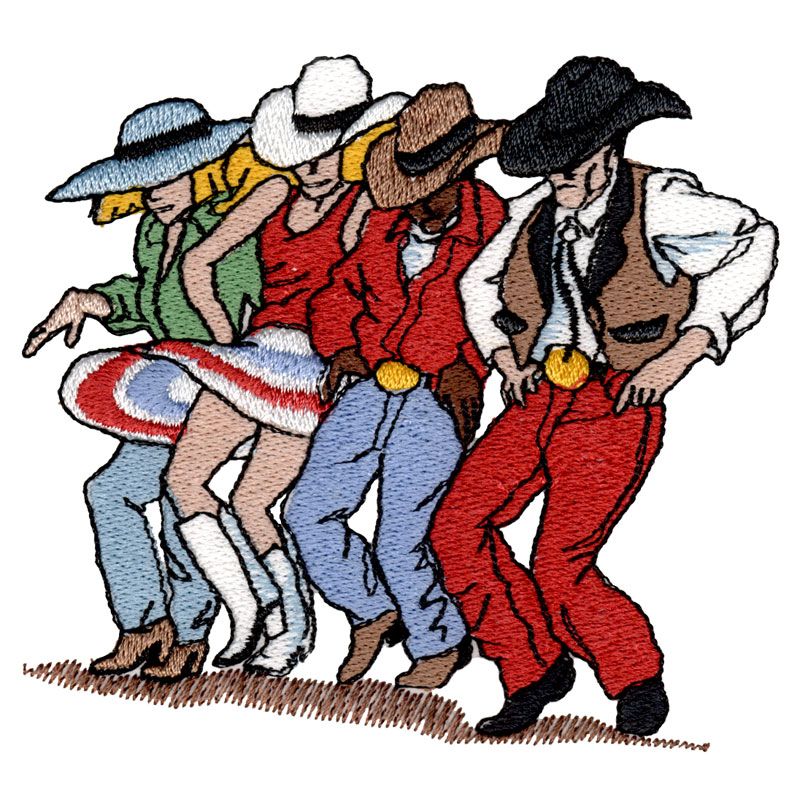 5 (A Little Bit Of…) 5 (A Little Bit Of…) | Lou Bega | 1999 | Alternative |
| 22 | Chicken Dance | Various | 1977 | Other |
| 23 | Tootsee Roll | 69 Boyz | 1994 | Popular |
| 24 | Jailhouse Rock | Elvis Presley | 1957 | Oldies |
| 25 | C’mon ‘N Ride It (The Train) | Quad City DJ’s | 1996 | Popular |
| 26 | Achy Breaky Heart | Billy Ray Cyrus | 1992 | Country |
| 27 | All Shook Up | Elvis Presley | 1957 | Country |
| 28 | Last Dance | Donna Summer | 1978 | Disco |
| 29 | Twist And Shout | Isley Brothers | 1962 | Oldies |
| 30 | Its Raining Men | Weather Girls | 1990 | Funk |
| 31 | Who Let The Dogs Out? | Baha Men | 2000 | Popular |
| 32 | Walk Like An Egyptian | Bangles | 1987 | Rock |
| 33 | 1 2 Step | Ciara Feat.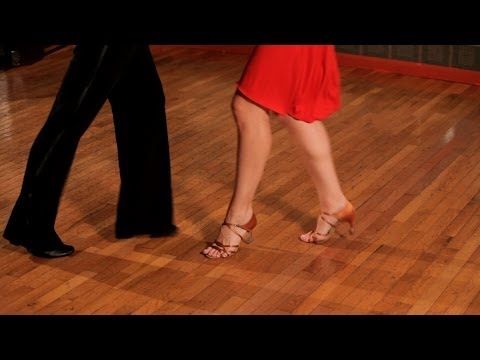 Missy Elliott Missy Elliott | 2004 | R&B |
| 34 | Copperhead Road | Steve Earle | 1988 | Popular |
| 35 | Beer Barrel Polka | Bobby Vinton | 1991 | Polka |
| 36 | The Loco-Motion | Grand Funk Railroad | 1974 | Oldies |
| 37 | Soul Man | Blues Brothers | 1979 | Rock |
| 38 | Pennsylvania Polka | Frank Yankovic | 1944 | Polka |
| 39 | Wild Thing | Troggs | 1966 | Oldies |
| 40 | Hot Hot Hot!!! | Cure | 1987 | Alternative |
| 41 | Hava Nagila | Me First & Gimme Gimmes | 2004 | Polka |
| 42 | The Stroll | Diamonds | 1958 | Oldies |
| 43 | Wild Wild West | Will Smith Feat. Dru Hill & Kool Mo Dee | 1999 | Popular |
| 44 | Mashed Potato Time | Dee Dee Sharp | 1962 | Oldies |
| 45 | The Ketchup Song (Hey Hah) | Las Ketchup | 2002 | Popular |
| 46 | (If You’re Not In It For Love) I’m Outta Here! | Shania Twain | 1995 | Country |
| 47 | Cool Jerk | Capitols | 1966 | Oldies |
| 48 | Alley Cat | Steel Train | 2003 | Oldies |
| 49 | Bus Stop | Hollies | 1966 | Oldies |
Latin American Salsa dance, history of origin and distribution
Salsa is a dance of passion and freedom, it takes its origins from the Cuban son, which was popular in the 1930s.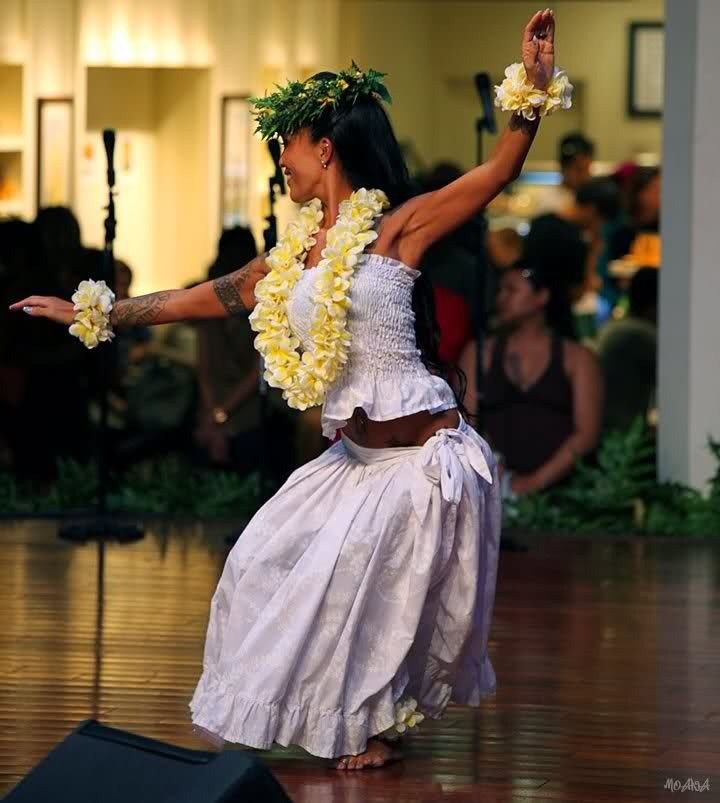
Most of you probably know that salsa means "sauce" in Spanish. Where did such a strange name come from? There are several versions of this. The most famous tells that the famous American musician Tito Puente, looking at a completely new dance that combines seemingly familiar movements of various directions, exclaimed: "That's the sauce!" .
Born in Cuba, the dance was spread, first of all, in the countries of Latin America, and later conquered North America and the whole world. Initially, salsa music is a combination of Spanish strings and African instruments , later the countries conquered by the dance of the same name introduced their own directions into its sound - jazz, rock, swing in the USA, tango and samba from South American countries. Such changes made certain adjustments to the movements and style of dance.
Salsa lessons are not so much about learning a particular type of dance, but about striving for self-improvement. Salsa is not a ballroom dance, so you can start practicing it at any age and with any physical fitness, even if the student has no sense of rhythm at all - a couple of weeks of training will fix everything. During study, grace and plasticity of movements are acquired.
During study, grace and plasticity of movements are acquired.
Don't forget that this Latin dance is a dance of two - incendiary rhythms help to learn to feel a partner, to guess all his movements in advance, and classes in a group contribute, on the one hand, to improvisation, on the other hand, to work in a team.
Since salsa has become quite widespread in the world, different areas began to appear in different regions. Her styles can be divided into two main types: circular , in which there is a constant change of partners, and linear . The first group includes more traditional directions - casino salsa, Venezuelan (Dominican), Colombian, and the second - those that have acquired the features of individual regions (Los Angeles, New York, Puerto Rico). Salsa is danced in four counts, with only three steps taken, and the fourth count is used to pause or transfer weight.
In Russia, salsa gained popularity only by the mid-90s, mainly due to the spontaneous opening of Cuban dance courses. In 2002, the first festival of international level was held in St. Petersburg, which only strengthened the position of the direction in popular culture. Today, salsa is one of the most popular dance styles in Russia.
In 2002, the first festival of international level was held in St. Petersburg, which only strengthened the position of the direction in popular culture. Today, salsa is one of the most popular dance styles in Russia.
In order to feel like a participant in a real Mexican party, to plunge into the atmosphere of dance-holiday, dance-life - salsa, just follow the poster of the events of the Mexican restaurant "Sombrero"! We regularly hold SALSA WEEKENDs. Our visitors can fully enjoy the incendiary rhythms of this amazing dance!
Mexican dance "Voladores" - Mexican culture
Perhaps one of the most impressive among the many national dances in Mexico are the dances "Voladores" and "Guaguas". And because they combine elements of an acrobatic show and require special equipment, and because they are colorful and have a deep meaning, rooted in the Indian traditions of pre-Hispanic Mexico. These are indeed very ancient dances that were previously performed as rituals.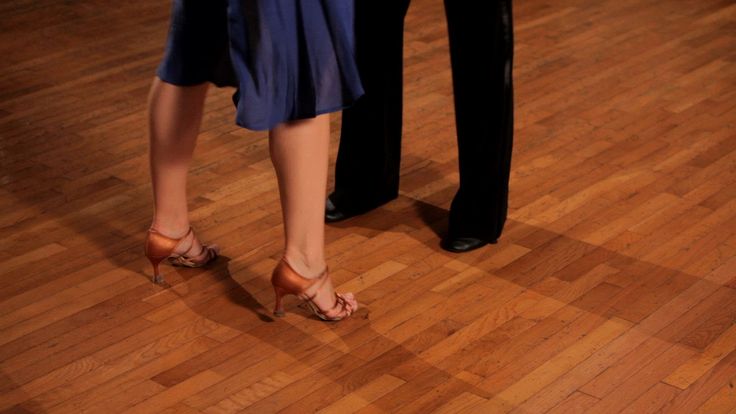 Dances may have existed as early as 1200 AD. Today they are very popular in the Papantla region, the state of Veracruz, as well as in the states of Puebla, Hidalgo and San Luis Potosi.
Dances may have existed as early as 1200 AD. Today they are very popular in the Papantla region, the state of Veracruz, as well as in the states of Puebla, Hidalgo and San Luis Potosi.
Both dances are impressive in their performance and use rotating mechanisms made of wood. In the dance "Voladores" ("Flyers"), rotation is carried out in a horizontal plane, and in "Guaguas" - in a vertical one. The use of mechanisms carries a certain risk for the dancers, but it is extremely spectacular for the audience. There is evidence that these dances existed during the Toltec period, and with them they spread to Guatemala, Nicaragua and El Salvador. Both dances are closely connected with the cult of the fertility gods Xipe-Totec and Tlazolteotl.
Both dances came from very ancient ceremonies and were not just entertainment. In the Papantla region, performers say that "Voladores" is a greeting to the Sun Father and a request for rain, while "Gua Gua" symbolizes gratitude for the gifts received.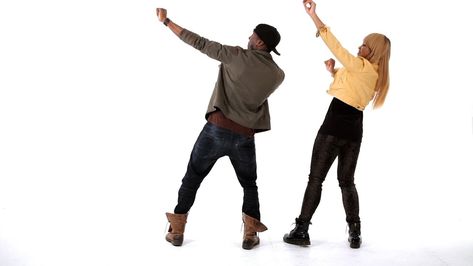 Therefore, when both dances are performed in the same place, "Voladores" is performed first.
Therefore, when both dances are performed in the same place, "Voladores" is performed first.
The use of rotary mechanisms from wood has its own characteristics. For "Voladores" a pole is used, and for "Guaguas" a cross or mill is used. In the past, Voladores performers used a pole high enough to reach the ground in 13 revolutions around the pole. Multiplying 13 by 4 (the number of dancers), we get 52 - an extremely important number in calendar symbolism, denoting Shiumolpilli, or the 52-year cycle of the Indian calendar. The rotation of the mechanism in the dances personified the movement of the Sun, which the participants of the ceremony greet with their music and dance movements. Researchers believe that the combination of symbolic elements was achieved in the Aztec era, which gravitated toward spectacle: music as an offering to the gods, a dangerous dance on top of a pillar, four dancers instead of two, the position of the performers upside down and with outstretched arms, and, of course, brightly colored costumes.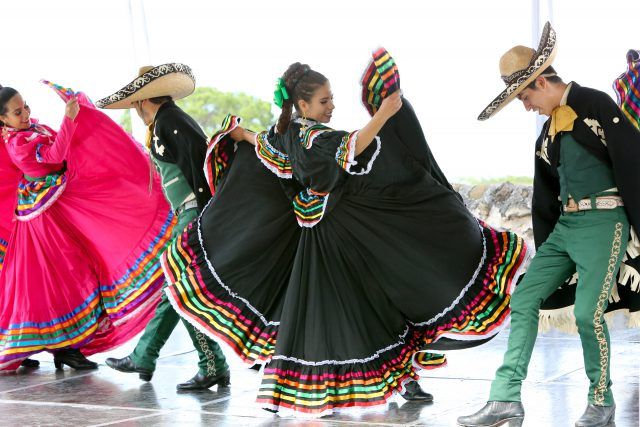 birds associated with the sun: macaws, quetzals, eagles and larks.
birds associated with the sun: macaws, quetzals, eagles and larks.
Loading
Watch on Instagram
The fertility symbolism of both dances is expressed in the aspiration of the dancers to the ground from the height of a pillar, similar to the fall of raindrops.
In the era of the Conquest, dances persist, despite the attempts of missionaries to eradicate them. An Inquisition document has been published recommending a ban on the Voladores dance. In some regions the ban did not work, in others it was successful, and these dances disappeared for a while. But since the tradition had deep roots, they reappeared and are still being performed.
For the Voladores dance, a pole is used, made from a tree trunk, which must be cut down and “planted”, that is, dug in. All these actions are accompanied by ceremonies. Only three local breeds are suitable for the ritual. The tree must be relatively tall (up to 40 m) and straight, and its wood must be strong enough to support both the rotating mechanism and the weight of the performers.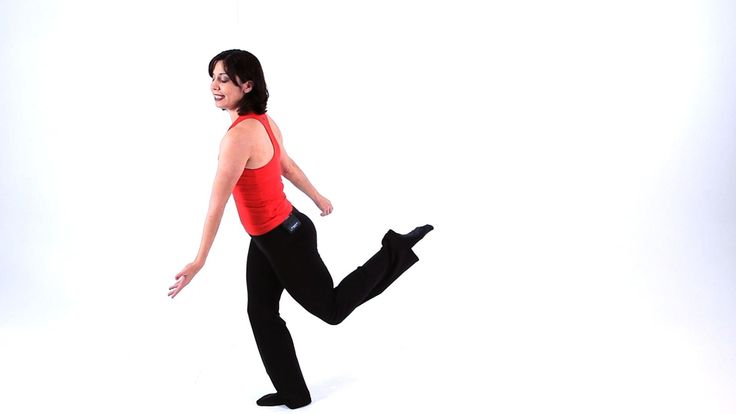
The dancers who prepare the tree-cutting ceremony must observe strict sexual abstinence, just as was done in pre-Hispanic times. Each stage of the cutting, dragging and digging ceremony is accompanied by music played by the "foreman" on his sedge flute, called "puskol", beating the rhythm on a small drum "litlackni". First, the participants ask for forgiveness from the owner of the forest - the god Kiguikolo. They offer the god a ritual treat, cane alcohol and cigarettes. Before cutting, the participants of the ceremony dance around the tree, starting from the east side. Each of them stands in a certain place strictly on the cardinal points. The tree trunk at the same time personifies the center of the universe.
The “foreman” starts cutting the tree, making the first blows with an ax, followed by each of the four dancers, and the inhabitants of the village who have gathered for the ceremony finish. The felled tree is stripped of branches and bark and rolled over the ground on rollers made from branches. Today, a tractor is used for this, but in the old days, the pole was carried so that it did not touch the ground. Previously, they also chose a person who had to spend the night with a cut down tree so that it would not feel lonely.
Today, a tractor is used for this, but in the old days, the pole was carried so that it did not touch the ground. Previously, they also chose a person who had to spend the night with a cut down tree so that it would not feel lonely.
The trunk is dressed, that is, tied with woven vines or ropes that will serve as a ladder, the upper part is prepared to fix the “apple” (a coil that rotates a wooden square frame) on it and a pictla, a small wooden plank, is installed on which the dancers place their feet in a seated position on top of the pole and from which they push off to spin the frame.
Loading
Watch on Instagram
When the pole pit is ready, an offering of tamales, cane alcohol and live chicken or chicken eggs is placed on the bottom of the pit. All this is done to the sound of flute and drum. This is a request for forgiveness to protect the dancers from possible accidents.
As soon as the pole is raised and dug into the ground, a rotary mechanism is installed on it and ropes are tied. Now the pillar is finally ready for the dance.
Now the pillar is finally ready for the dance.
Today, metal poles are often used, so many elements of the ritual are reduced.
Before climbing the pole, the performers dance around to the sound of traditional melodies. First, four dancers rise, and the last is the "foreman" or musician. The “Chief” is also called the flyer because he can stand on top and perform a very risky dance on a very small surface of the reel without any safety devices.
Playing his instruments, the "foreman" beats the rhythm and moves, bowing to all four directions of the world, while standing on one leg. Then he sits on the coil and leans back, remaining on his back facing the sun, to which he dedicates a special song. He speeds up the rhythm, signaling the beginning of the ritual. Four dancers seated at the corners of a square frame lean back and begin to spin the frame. Having descended from it, they spin around the pillar slowly and solemnly, head down, with outstretched arms and legs crossed on the rope that supports them. The sounds of the flute and drum fill everything around, creating a special background for this ceremony. If the audience shows admiration, one of the dancers may arch in the air and touch their legs with their hands. This position requires great effort and can only be used for a short moment.
The sounds of the flute and drum fill everything around, creating a special background for this ceremony. If the audience shows admiration, one of the dancers may arch in the air and touch their legs with their hands. This position requires great effort and can only be used for a short moment.
As the ropes unwind, the circles described by the dancers get wider and wider. When the dancers can already touch the ground with their hands, they do a somersault in the air, stand on their feet and complete their ritual by running in a circle. The "foreman" descends one of the ropes, which are held taut by four dancers. Dancing to the sound of the last tune around the post, the dancers say goodbye.
Loading
Watch on Instagram
The Guaguas dance, which is considered ritual even today, is not surrounded by such rich solemnity. Participants of the ceremony set up a semblance of a windmill. Before using it, the participants in the ritual dance to several different melodies, and their movements are symbolized by the movement of the luminaries across the sky.


